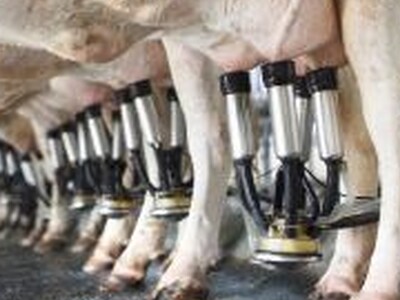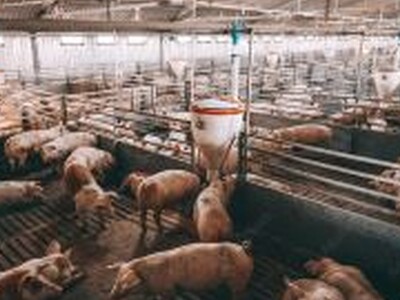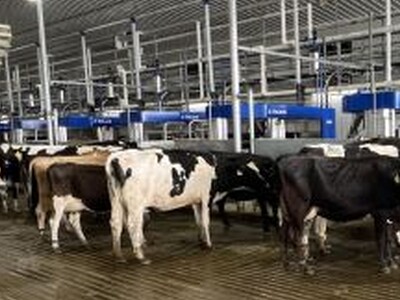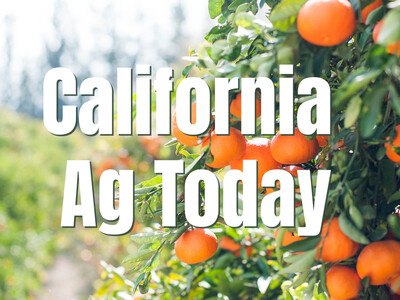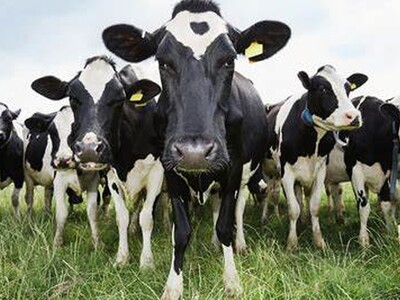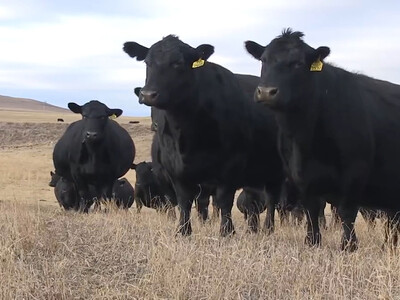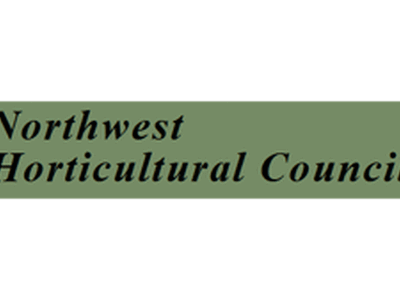Whitfield On Biochar Part 2
Whitfield On Biochar Part 2. I’m Greg Martin as Line On Agriculture presents the Harvest Clean Energy Report.
Several weeks back we talked with Jerry Whitfield, the inventor of the pellet stove technology, about his interest and work with biochar. Biochar as a soil amendment can increase soil fertility due to its ability to absorb nutrients and make them available to the roots of plants.
WHITFIELD: The other, and very important aspect here, is that this carbon, the form that it’s in when you put it in the soil is very resistant to oxidation or any other form of breakdown and therefore it remains as pure elemental carbon in the soil for many hundred’s of thousands of years.Now if you think about that and put it into context, the original tree or plant, whatever the source of the biomass material during its growing lifetime is absorbing carbon dioxide from the atmosphere and converting that through photosynthesis to carbon that makes up the cellulosic components, the stalks, the leaves whatever that plant material is.
Whitfield says the process of making and utilizing biochar in soil is a full circle process.
WHITFIELD: We call this “carbon negative process” or some people call it “carbon sequestration” because you are taking the carbon out of the atmosphere. Long term this is a very important process with regard to trying to mitigate climate change which results primarily because we’re doing the reverse effect. We’re burning fossil fuels. We emitting the carbon dioxide into the atmosphere where it stays for quite a time, provides a blanket around the world and gradually heats up the planet.
So where does this new field of biochar and soil amendments take us?
WHITFIELD: At this stage, early development, we are trying to develop commercial scale and residential scale equipment that will process biomass material simply, effectively and economically into this biochar so that we can launch that into the marketplace so that keen gardeners and farmers and greenhouse owners can get access to this material in a very economic fashion.
This industry is one we will need to keep an eye on as it continues to grow and better ways are found to create and incorporate this material.
For additional information on clean energy, visit harvestcleanenergy.org. That’s today’s Line On Agriculture. I’m Greg Martin on the Ag Information Network.???www.harvestcleanenergy.org





